Undoubtedly the movement of the watch is a delicate and complicated process that is composed of many minute metal components. These metal components are continuously in motion and needs to be lubricated with oil.
The friction caused due to movement of metal against metal components leads to inaccuracy and vulnerability of the watch’s movement.
So what does this means?
This means that with time the metal plates and bridges are grounded into dust by the metal pivots after continuous abrasion. This decreases the life time of the watch and reduces its accuracy.
Fortunately, watchmakers managed to solve this issue. Here comes watch jewel bearing to the rescue!
What Is Watch Jewel?
Now a question might pop up in your mind what is actually a watch jewel? Well the watchmakers needed something that was both harder and slicker than metals that would reduce the friction in the watch movement.
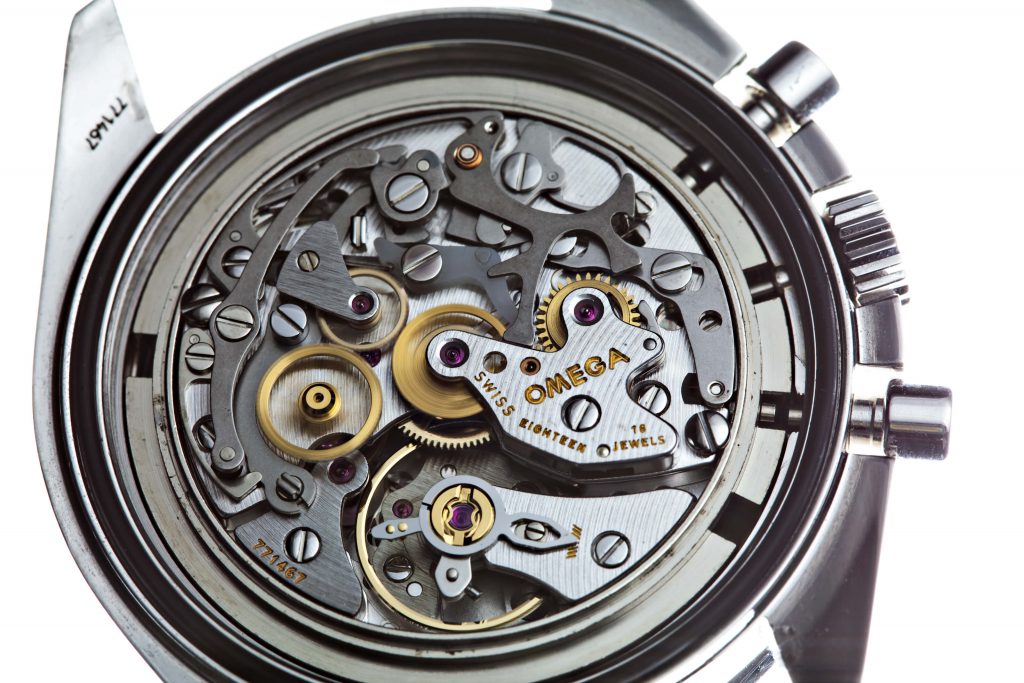
A look inside one of Omega’s movement. Notice those magenta colored circles – those are the jewel bearings used to reduce friction of moving parts in a watch movement
Gemstones like diamonds, sapphires, and rubies became the solution to the big problem that the watchmakers was facing. These gemstones came to be known as the watch jewel, an appropriate name since its really precious jewels lol!
Nicolas Fatio de Duillier, Jacob Debaufre, and Peter Debaufre first came with the idea of jewel bearings around 1700s and it has revolutionized and improved watch accuracy ever since.
A watch jewel can be as tiny as having a 1 mm diameter! This minute parts are one of the charm of automatic/mechanical watches. All of the things inside it is in small scale lol!
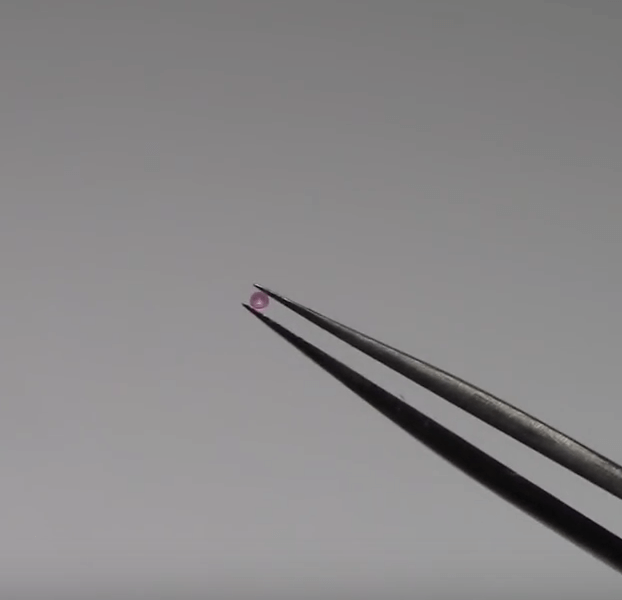
A typical hole jewel that can be as small as 1 mm in diameter!
Watch Jewels Today
As noted above, the original jewels used are made of gemstones (diamonds, ruby sapphire) which are rare and expensive. Not to mention the work that needs to be done to cut them into such small delicate shapes will require excessive effort.
All of these increase the price of the watch substantially. In order to make watches cheaper, mankind try to find different material for jewels.
Around 1900s, a French chemist, Auguste Verneuli, came up with the method of producing synthetic corundum which is similar to the original sapphires and rubies.
This has greatly benefited the watch industry and reduced its price considerably as this materials can be made in a lab.
Another fun fact: the “sapphire” crystal on watches aren’t really sapphire but instead made synthetically in a lab. You’ll be surprised about how many gemstones can be made artificially nowadays =)
Cool! but…
What’s The Importance Of Watch Jewel Bearing?
The importance of jewel bearing in watch is abundant, but the ultimate goal of watchmaking is to reduce the friction as much as possible making watches long lasting and more accurate.
The jewels were chosen because of their two important qualities. First they are harder than metals so they do not easily wear down. Second they are smoother as it has lower coefficient of friction.
The caseback of Seiko SARB033 showing its balance wheel cap jewel
The movement of the gears in the watch is such that the teeth roll on each other. So this quality of the jewels come in handy here. The parts can glide smoothly without much friction, up to three times lesser friction than a steel-to-steel contact.
What’s the other usage of jewel bearing? If you guessed aesthetic, then you are right. Jewels are usually made in many colors which adds some uniqueness and make the watch looks much better than a piece of steel.
Now imagine if all those exhibition caseback has to offer is just a monotone silver color of stainless steel plates and gears. It won’t really look that nice aren’t they?
This is very evident with high grade Swiss watches that places great deal of detail on look of the watch. With jewels, automatic watches can transcends its original tool like form into a fine piece of jewelry.

The movement of Patek Philippe 5016 with a very beautiful decorations. This beautiful sight of magenta/pink colored jewels, gold plated gears and silver steel plates is truly a work of art!
Types Of Jewels Used In Watch
The jewels which are used in the watch come in different forms depending on its function. The most common types of jewels that are used in the watch are:
- Hole jewels are the donut shaped jewels that are put on the gear axles.
- Cap jewels are fitted on the ends of the axles are flat shaped.
- Pallet jewels are used for alternately engage and release the escape wheel in an escapement assembly (read my post on how automatic watches work to know more about this). This jewel is shaped just like a brick and placed on the pallet fork.
- Roller jewels are engaged with the pallet jewels and placed on the large balance wheel. It helps to reduce friction between pallet fork and balance wheel.
Clockwise from top left: hole jewel, cap & hole jewel, pallet jewel and roller jewel. Courtesy of elginwatches.org
Shock Protection System
Our watches face frequent physical shock like dropping the watch on the ground is very common. When a watch is dropped down, the internal parts will move move together.
At the point of impact, the gears pivots or axles will be subjected to high impact force. The gears itself are fine, they are made of steel after all.
But which part will suffer the most from an impact?
Yep, the jewel bearings.
As they are the one holding the gear axles, all of the impact forces will go through them. And unfortunately jewels are not really good with impact or shock damages.
They are super scratch resistant, but impact is one of the areas they don’t excel at. And the biggest damage will go to the balance wheel axle jewels as they are the one with the biggest weight.
So to protect the watch and its delicate pivots and gears from physical shock, watch makers invented the shock protection system.
These systems, such as Incabloc (from Swiss), Diashock (Seiko) and Parashock (Citizen), are made to help the balance wheel cap and hole jewels mitigate some of the impact forces.
It’s actually like a spring that absorb the shock and prevent the damage or breakage of both the jewels and the balance staff in extreme cases.
This is why it’s very important to not drop your automatic watches, no matter how tough your diver’s watch may look. The watch may look fine from the outside after a fall, but it’s internal mechanism might be damaged beyond repair.
Does Higher Number of Jewels Equals To Higher Quality?
Some people believe that jewels were added in the watch just to increase its value. This might be true in the early days when watchmakers used real gemstone as jewel bearings. Since those things are precious, hence the value or price of the watch increased with the numbers of jewels.
Nowadays, jewels are made of synthetic materials (more about this later on) which are cheap and drive down watch costs substantially.
But some watch brands started to put excessive jewels inside their watches to increase its count, and thus gives the impression that their movement is better.

Orient Grand Prix 100 with an outstanding 100 jewels! But is it 5 times better than a watch with 20 jewels? Of course not! As you can see, most of its jewels are for decoration only lol!
This can’t be further from the truth. The accuracy of the movement depends on many factors (design, material, craftsmanship, etc.) and don’t depend solely on how many jewels a movement has.
A watch with 25 jewels is not necessarily better than a 17 jewel watch. Do keep in mind that those extra jewel might be used for some complications (chronograph, day/date, etc). But accuracy wise, both watches could be just as accurate as each other.
Final Thoughts
I hope you guys can now understand what is watch jewel and what does it do or function inside a movement.
Without any jewels, our precious automatic/mechanical watches will have lower usage life and lower accuracy.
Jeweling a watch is almost a form of art and certainly increases its charm and beautiful look, especially if you look from an exhibition caseback.
Last but not least, don’t forget that high number of jewels does not mean the watch is high quality =)
*******************************
Hope you guys enjoy my article on watch jewel bearing. Let me know if you guys have any other questions. Drop your comments below and share this article if you like it.
Cheers!
Isaac

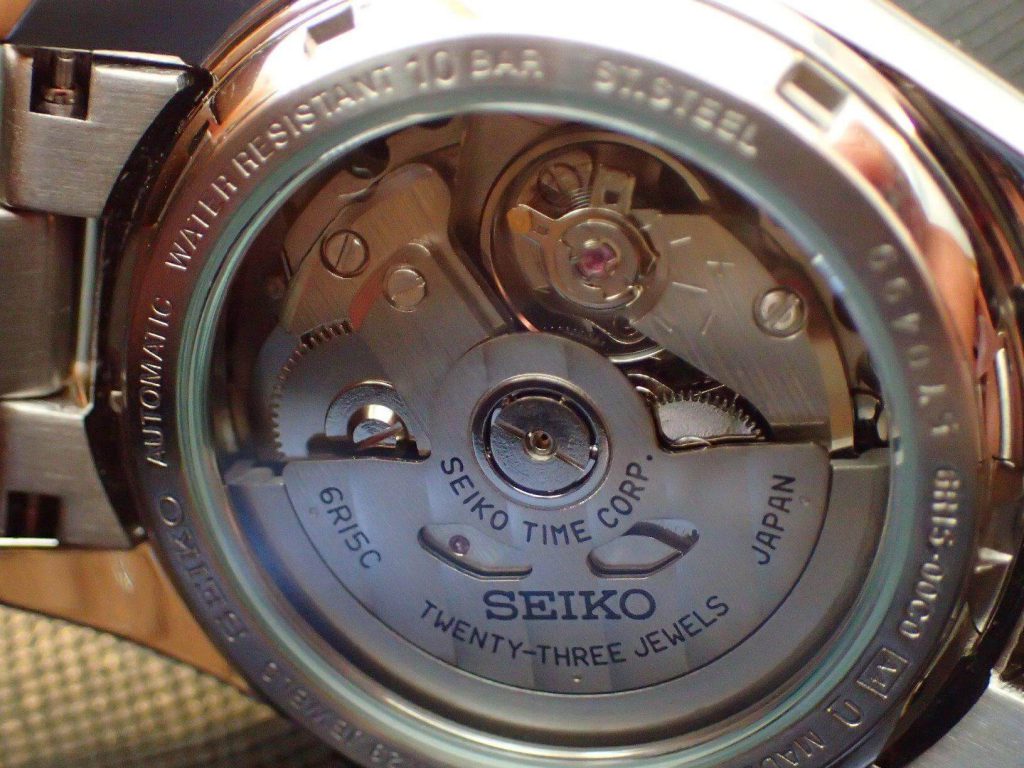
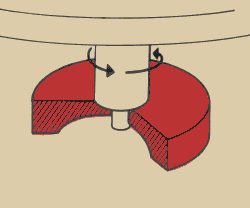
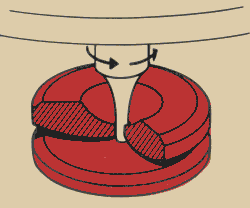
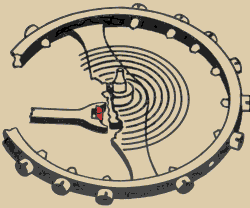
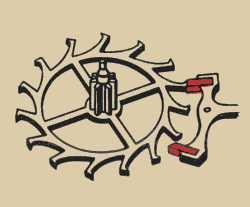
Wow sir, you sure know your job! Very informative article! It’s fascinating how such complicated mechanism fits in that tiny space! Besides watches are super cool and trendy accessories of all times!
I also enjoyed reading your review pages, very informative.
Have you ever put together your own automatic watches?
Hi Angie. Glad that you find this article helpful. I can see you’ve already noticed how great the craftsmanship of an automatic watch can be. The tiny little mechanical pieces that can somehow fit into such small watches are the reason why I’m attracted to them in the first place.
I’ve never put together my own watch Angie though I really love to do that. In fact, one of my goal for this year is to mod a watch. or it basically means i want to upgrade an automatic watch.
I’ll try with a seiko 5 since they are the cheapest of them and their parts are well accessible too. I’ll definitely post the process in my blog when I’m doing that.
Stay tuned!